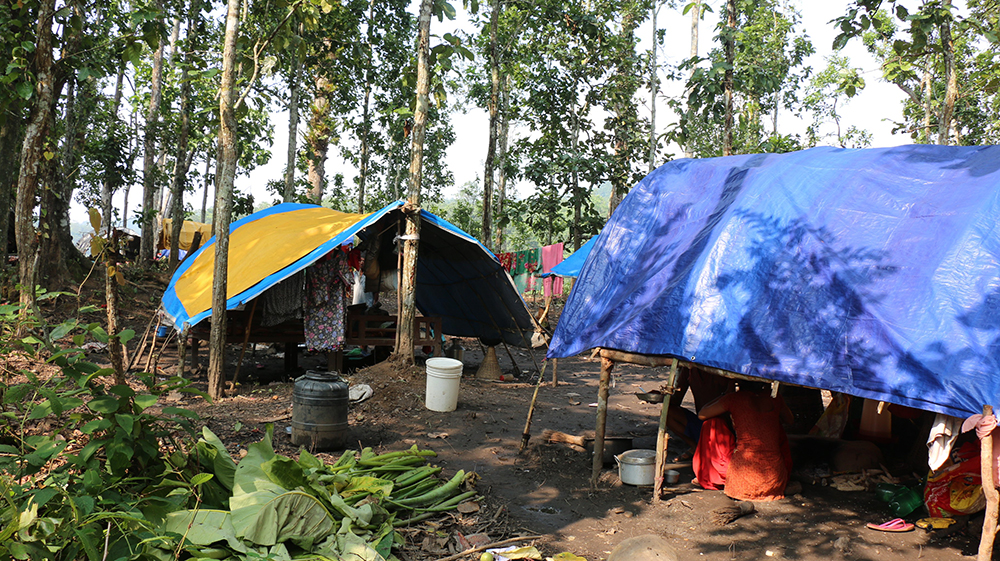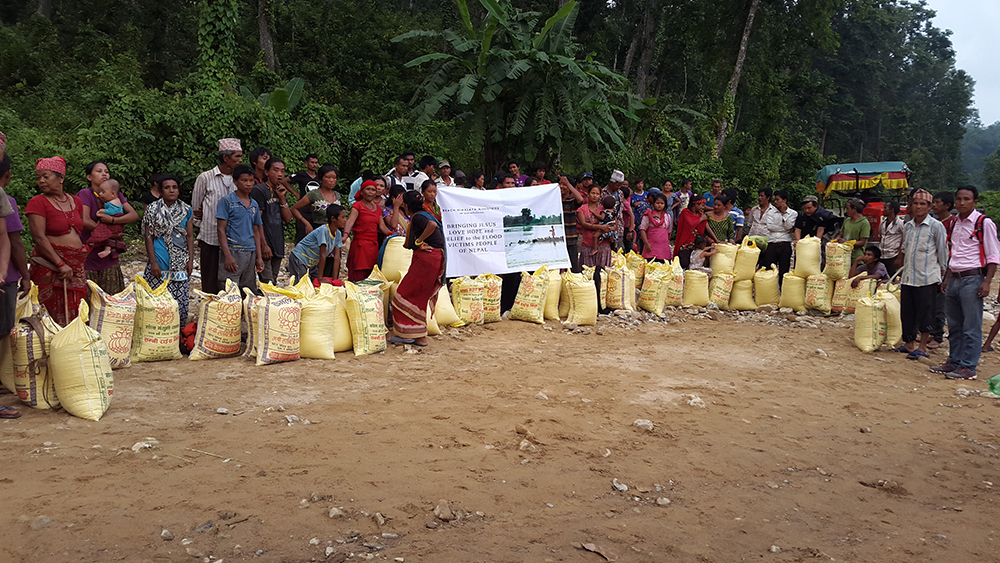Bankariya People Farming Projects
Bankariya
The Bankariya is a small group of indigenous people who live in an isolated region of the Makwanpur District of central Nepal. Until about two decades ago, they were nomadic. Floods decimated the Bankariya a few years ago. The government of Nepal assigned them land and just recently gave each family a very small plot of land. The plots of land are located some distance apart, so the village split according to where the plots are.
The ethnic Bankariya community is one of the most endangered communities in Nepal. They have no assurance of land and a limited supply of food. Their main sources of income are working as masons, selling handcrafts, working in other’s land, looking after other’s cattle, washing dishes and clothes in other’s house. They are humiliated and not offered a job because of their low caste.
Their language is a distinct dialect of a language called Awadhi. The Bankariya are technically Hindus. They are heavily influenced by folk religion and believe evil spirits inhabit natural objects. They must appease these evil spirits by sacrifices, gifts, and rituals. Like many tribal peoples, the Bankariya worship and venerate their ancestors and are resistant to change..


The Needs
Approximately 500 Bankariya live in 163 small houses covered by tin and tarps. More than 96% are illiterate. The closest school for the 250 plus children is three hours walk away. The closest work for the adults is also hours away by walking. There are no roads to the village. There is no electricity and clean drinking water is scarce.
The two needs of the Bankariya are physical and spiritual. Meeting the physical needs will be first and will build good will and the foundation necessary to meet the spiritual need
The Plan
Greenhouse Farming: $520
Greenhouse farming has the potential to be a sustainable income source. One greenhouse is expected to provide $200-300 net revenue each year. The cost of one greenhouse is only $520.
Chili, cauliflower, cucumber, garlic, ginger, tomatoes, and many other green vegetables can be introduced into the Bankariya locals’ diet and also sold on the market in Hetaunda, which is the nearest city area.
Phase One: Implement a community demonstration project by constructing greenhouses in five strategic locations around the village. Two leaders from RHMI and selected Bankariya leaders will be oversee the construction, care, and administration of the demonstration projects. Training opportunities will be offered to everyone in the village so that they can help with the daily care of the greenhouse project. The produce of the first year will be shared with everyone in the village.
Phase Two and beyond: More greenhouses will be provided as donations are received with the goal of every family owning their own greenhouse.
Chicken Farming: $100
Immediate impact for every family by providing eggs and meat within a very short time.
Families will receive 20 chickens (2 weeks old) and a chicken coop for a donation of only $100.
Goat Farming: $400
Immediate impact for every family by providing milk and meat within a very short time. The goats are ready to have “kids” so milk will be available for the family right away. The goats that are needed must be the sturdy and durable long-eared goat that are bigger, produce more milk and breed better. This makes them more expensive, but the extra expense is offset by greater production. Breeding of the goats will be the responsibility of each family.
Families will receive 2 female goats plus bamboo to build a goat hut for a donation of only $400!
